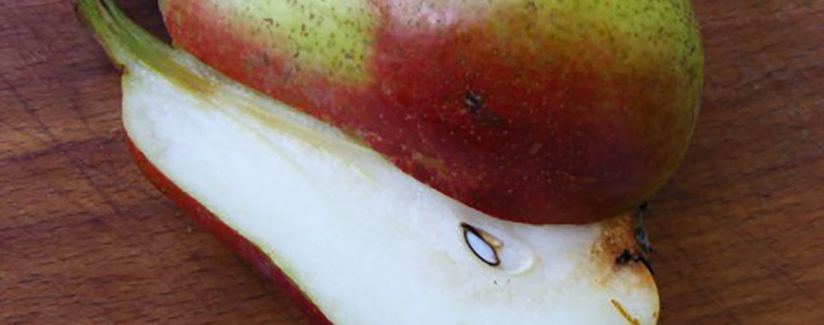
Why Do Fruits and Vegetables Brown?
We all know what it’s like when you leave your apple slices out a little too long. Your once crispy, juicy white apple has turned a sad shade of brown. Rest assured, the brown apple is perfectly safe to eat, but have you ever wondered why certain fruits and vegetables brown after cutting them and what you can do to prevent it? Turns out there’s a whole lot of science going on behind the scenes. From enzymes to pigments and everything in between, there are many pieces to this puzzle that we wanted to find out about.
Here’s an infographic that breaks it down:
The image “Pears-Fruit-Long-Cut_15889-480×360” by Emilian Robert Vicol is licensed under CC BY 2.0.
- tags:
- fruit,
- food science,
- browning
Recent Articles
-

What are Ultra-Processed Foods and Should You Avoid Them?
by Best Food Facts 04/07/2025
-
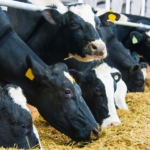
Are Feed Additives for Dairy Cows Safe?
by Best Food Facts 12/20/2024
-
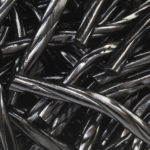
Should You Skip Black Licorice This Halloween?
by Best Food Facts 10/04/2024
-
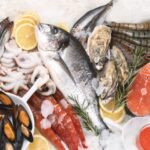
Are Farm-Raised Fish and Seafood Safe to Eat?
by Best Food Facts 09/19/2024
-
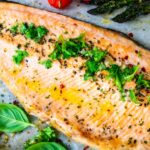
Are Farmed Fish as Nutritious as Wild-Caught Fish?
by Best Food Facts 09/19/2024

Related Articles
-
Food:
To Infuse or Not to Infuse?
A reader asked whether water infused with fruit like strawberries or oranges contains calories, carbohydrates and vitamins....
Food
-
Food:
Spittin’ Seeds? Not with Seedless Watermelons
One of our favorite summer treats is watermelon, but have you ever wondered why some watermelons are seedless? We asked...
Food
-
Food:
What’s the Safest Way to Clean Produce?
Before you bite into an apple, do you wash it? A Best Food Facts reader wanted to know, “What is the safest way to...
Food
-
Food:
Healthy Snack Ideas for Kids of All Ages
It’s three o’clock and your stomach starts to rumble. You ate lunch two hours ago, but dinner isn’t for a few more...
Food




















